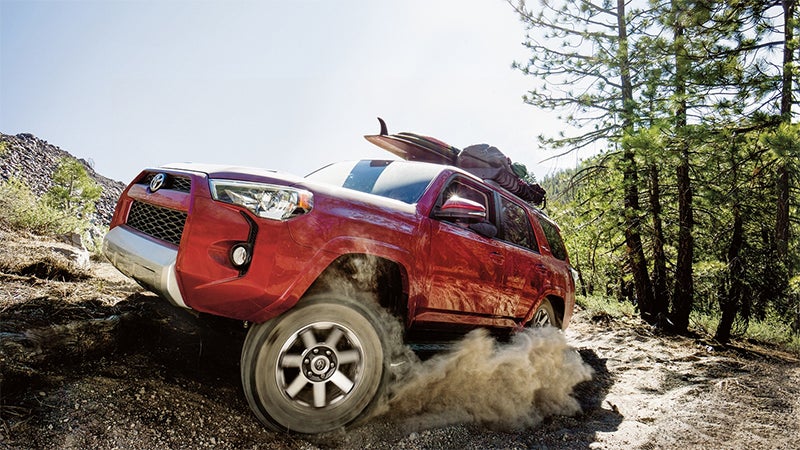When you’re at home, your kids’ scrapes, minor cuts, and other boo-boos aren’t that big of a deal. After all, you just reach into the freezer for an ice pack, grab the antibacterial ointment, stick on a bandage (preferably with their favorite cartoon character on it), and call it good.
But when you’re on the road, and your child starts crying over a hangnail—or worse, actually gets hurt—you’re likely less prepared than you would be at home. And sometimes, there’s only so much “kissing it better” can do.
Luckily, we’re here to help you prepare for those on-the-go owies. While there’s only so much care you can provide using a DIY car kit, having a few basic supplies on hand will likely come in handy at some point or another.
Here’s how to make a basic first aid kit for your car.
Find the right container.
Trust us—you don’t want a lot of loose first aid supplies floating around your car where they’ll likely (read: definitely) get lost or ruined. That’s why the first step of making your portable first aid kit should be finding a suitable container.
The most important thing to consider here is size. You want the container to be as big as possible while still being able to fit where you need to store it. Decide where that’s going to be (popular choices include under the front seat, in the front console, in the glove box, or in the trunk) and use that to determine the type and size of container you’ll need.
Get the basics.
Not all first aid kits are going to have the same items, but there are a few things that should go in every first aid kit, like:
Bandages.
Here’s a parenting tip for you: Band-Aids apparently have magical powers. Sometimes, all it takes for a kid to feel better is a small sticker—er, bandage. Beyond emotional healing, however, bandages are a must for any first aid kit, as this is going to be your go-to solution for everyday scrapes and cuts. (Tip: take several bandages, in assorted sizes, out of their original box to add them to your first aid kit. That will save valuable space for other items.)
Antibiotic ointment.
It’s always a good idea to apply a small amount of antibiotic ointment to a cut before bandaging it. Keep a tube in your car’s first aid kit, or better yet, try the small, individual packets that are made for first aid kits.
Instant cold compress.
Bumps, bruises, or any kind of possible fracture should be iced, but of course, ice is usually hard to come by on the road. These handy tools can be stored at room temperature and activated when you need them, for instant cooling relief.
Tweezers.
You never know how useful tweezers are…until you’re stuck in a situation when you need them and don’t have them. Tweezers are remarkably helpful to have on hand, especially if you’re going to be outside (nothing ruins a fun day faster than a splinter).
Pain/fever medication.
Acetaminophen and/or ibuprofen are always good to have in stock. Choose the format that is right for your family’s needs (this might mean more than one type: liquid for the young kids, tablets for the adults, etc.). Make sure you also have proper dosing equipment (e.g. cups or medicine syringes). If there is another type of over-the-counter medication your family uses frequently, include that in your kit as well.
Add the extras.
The above section will likely be sufficient for your needs the majority of the time, but of course, cases may arise when you need more.
Here are some other supplies you might consider adding to your car’s kit, as recommended by the Red Cross:
- Adhesive cloth tape and gauze bandage roll
- Emergency blanket
- Breathing barrier (to help you safely perform CPR)
- Pair(s) of latex gloves
- Gauze pads
- Thermometer
- Medication unique to your family (inhaler, EpiPen, other prescribed medication)
Don’t forget the information.
Your car’s first aid kit should also include important phone numbers (like your pediatrician’s and dentist’s), emergency contact information, a notification of any family allergies (necessary if someone else is using your first aid kit). You may also want to add a current picture of each of your children, in the event that one of them goes missing.
Hopefully, you’ll never be too far from home when someone in your family needs medical attention. That said, we’re firm believers in being prepared. Create your own first aid kit for your car, and be ready for whatever comes your way.



